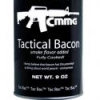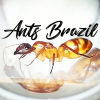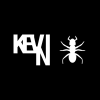As we get closer to the spring-summer time and Nuptial Flying time for ants here I have returned to the task of working on my first formicarium...
It will be a 3d printed one, I will be using PLA and maybe move to ABS for the second generation (if I make it all the way to needed!), I usually design my projects on sections that can be assambled at the end, on that way instead of having a 10 hour print for one big solid object and found that half of the way something happened and its a waste I can readjust parts for better fitting and corect errors.
Normally I use DAP RapidFuse and obtained good bonding, do you think that if I let it cure, vent and wash the whole assemble will be any trouble (toxic trouble!) for ants?
It will not be put to use immediately so it should have enought time to cure and release gases!
Edited by MrUrrutia, January 8 2017 - 8:30 AM.



















